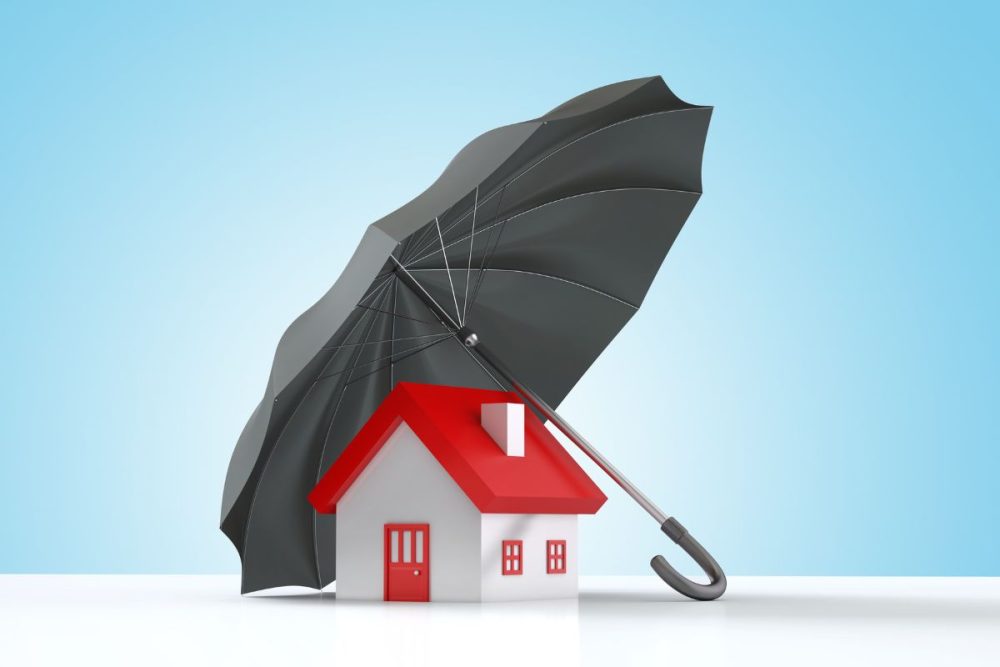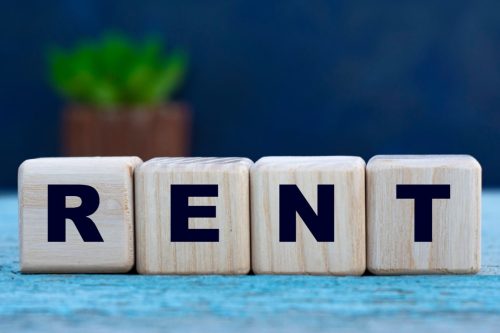If you own a rental property in Australia, you may have asked yourself or your property manager: what is landlord insurance and do I really need it?
Property management and ownership brings great opportunity but it also carries risk. Tenants may miss rent payments, accidents can happen, and unexpected damage can occur with little warning.
Landlord insurance is a specialised insurance policy designed to protect property owners from financial losses linked to leasing a property. From lost rent and legal liability to tenant damage and accidental events, landlord insurance covers many scenarios that standard home insurance doesn’t.
In this guide, we’ll explain what landlord insurance covers, why it matters, and whether it’s worth it for your property.
What does landlord insurance cover?
At its core, landlord insurance protects your income and property from tenant damage or disruption caused by tenants, guests, or external factors. While policy inclusions vary by provider, most landlord insurance policies offer cover for:
1. Damage to the property
Landlord insurance typically covers damage caused by an insured event, such as:
- Fire or smoke
- Storm or flood
- Vandalism or malicious damage
- Theft or attempted break-in
- Accidental damage, such as broken windows or glass
This may include structural repairs and items you’ve supplied in the property like appliances, carpets, or fittings.
2. Loss of rental income
If an insured event renders the property unliveable, landlord insurance can help cover your lost rental income while repairs are made. Some policies also provide optional coverage for rent default, which applies when a tenant stops paying rent unexpectedly.
Depending on your insurer, this may include cover for:
- Loss of rent due to property damage
- Rent default following tenant eviction or abandonment
- Legal costs associated with recovering unpaid rent
3. Liability protection
If someone is injured on your property and holds you responsible, landlord insurance often includes legal liability coverage. This protects you from liability claims and may help cover:
- Medical expenses
- Compensation payouts
- Legal fees
This is particularly important if your property has stairs, balconies, older wiring, or other risk factors.
4. Contents cover for supplied items
If you rent your property furnished or include household items such as washing machines, curtains, or blinds, landlord insurance can also cover loss or damage to these items. Note: this does not cover the tenant’s personal belongings as they need their own contents insurance.
Some policies offer landlord contents cover as part of the package, while others offer it as an optional add-on. Check the policy limits and sum insured to protect your belongings.
Why do I need landlord insurance?
Property Management comes with several risks, many of which are beyond your control. Even the best tenants can experience sudden hardship, and unexpected events like storms or fires can cause significant property damage.
Landlord insurance offers financial security in scenarios like:
- A tenant stops paying rent
- A kitchen fire causes severe damage
- A guest trips and suffers an injury
- A tenant leaves the property suddenly, damaging fixtures and leaving unpaid bills
Without insurance, you could be left covering legal costs, repair bills, or lost rental income out of your pocket. Landlord insurance is designed to minimise the impact of these situations, giving you confidence in managing your investment.
How to make a landlord insurance claim
As a property manager, knowing you have landlord insurance is one thing, but understanding the claims process is just as important. A smooth and timely claim can significantly reduce stress and financial disruption when something goes wrong.
Step 1: Gather evidence
Document the issue as soon as it arises. This might include:
- Photos or videos of property damage
- Copies of lease agreements and condition reports
- Communication records with the tenant
- Police reports if the incident involves theft or vandalism
Step 2: Contact your insurer
Notify your insurance provider as early as possible. Some insurers have dedicated landlord claims teams or online portals that make the process quicker.
Step 3: Submit required documentation
You’ll likely need to provide a completed claim form, quotes for repairs or replacement, and any proof of expenses or lost rent.
Step 4: Cooperate with the assessment
An assessor may visit the property to inspect the damage or review your documentation before the claim is approved.
Step 5: Review the outcome
Once your claim is processed, your insurer will provide a breakdown of what’s covered, how much will be paid, and any applicable excesses.
Tip: Always check the complete details in your product disclosure statement before making a claim, so you’re not caught off guard by exclusions or limits. Keeping your records organised and up to date can make the entire process smoother.
Is landlord insurance worth it?
If you’re asking if landlord insurance is worth it, consider this: a single event such as a fire, burst pipe, or rent default can cost thousands to resolve. A comprehensive landlord insurance policy could cost a few hundred dollars annually, a small price for peace of mind.
In many cases, landlord insurance premiums are also tax-deductible. The Australian Taxation Office generally allows deductions for insurance costs related to generating rental income. Speak with a financial adviser to understand how this applies to your personal situation.
Whether you are a seasoned property manager or renting out your first property, landlord insurance offers a cost-effective way to protect your asset and income.
Choosing the right policy
When comparing landlord insurance policies, consider the following:
- What events are covered
- Exclusions and claim limits
- Optional cover for rent default or accidental damage
- Whether the sum insured reflects your property’s actual value
- The insurer’s claims process and reputation
Why you need landlord insurance
Landlord insurance is more than just a safety net, it’s a proactive way to protect your income, property, and peace of mind. For landlords, it offers coverage that standard home insurance simply doesn’t, including protection against rent loss, tenant damage, and liability claims. It’s also just one checkmark of the landlord journey. View our landlord resources to see what else you need to look out for as a landlord.
Want help protecting your rental property?
Get in contact with the team at HKY Real Estate today and discover how we can help you confidently manage your rental property.
*It should be noted that HKY does not provide financial advice and that this page should be seen as an educational piece of content about landlord insurance, not direct financial advice.
What is landlord insurance FAQs
Yes, but not all policies cover short-term or holiday rentals. You’ll need a policy that specifically includes short-stay arrangements. Always confirm this with your insurer.
Usually, yes. Premiums paid for a rental property are often tax-deductible. Check with the Australian Taxation Office or your accountant for details.
If your policy includes rent default cover, you may be able to claim for lost rent after a waiting period. Terms vary between insurers.
Not always. Some insurers exclude pet-related damage, while others offer it as optional cover. If your property is pet-friendly, this is worth checking.
Yes. A property manager helps with tenant applications, screening and inspections, but they can’t prevent unexpected events. Landlord insurance ensures you’re financially protected.
Look at events covered, exclusions, claim limits, optional cover, and how much the insurer will pay in each situation. Always read the product disclosure statement carefully to know what questions to ask about your insurance.
Have more questions?





